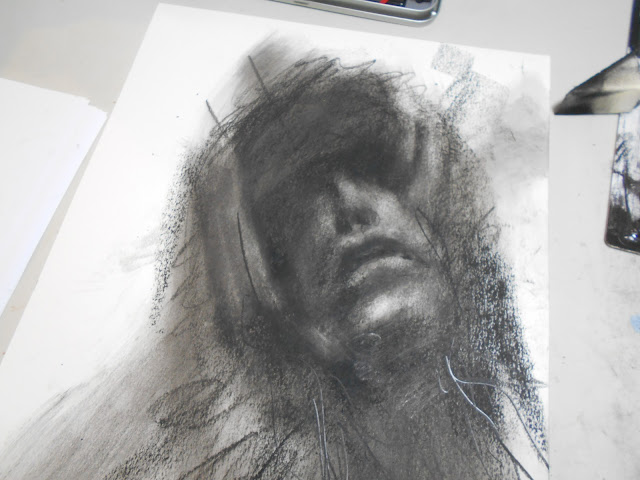Bluetown.
In the 1940s, Bluetown, on the Isle-of-Sheppey, was ghetto-like: surrounded
by walls, cut off by a moat, with one road in and one out. The people of
Sheerness generally viewed Bluetown as a slum populated by a class of people
they distrusted. It was into this area that my family brought me to live as
World War Two was raging.
If Sheerness people of the 1940s had looked at
Bluetown on a bad day, they might have seen many buildings collapsing,
collapsed or in ruins, an abundance of pubs spewing hordes of drunken sailors,
gangs of ragged children, domestic violence, poverty, and despair.
However, if those people of the 1940s had looked at
Bluetown on a good day, they might have seen a small close-knit community with
its own church, school, police station, theatre, railway station and pier where
paddle steamers landed their passengers. They may have seen cobblers, grocers,
butchers, chandlers, hairdressers, bakers, laundry, collar factory, crisp
factory not to mention the Magistrates Court. If that wasn’t enough, Charles
Dickens had once lived there, and Lord Nelson had stayed at Bluetown’s grand
hotel, the ‘Fountain’.
Bluetown was all those things and more, for it lay
in the shadow of an army garrison and Samuel Pepys’s Naval Dockyard which
provided the main source of employment for the island and surrounding area.
So, as you can see, Bluetown was always a series of contradictions, not least in its architecture. On one hand were the ramshackle dwellings, whilst on the other, there were grand buildings such as the one we Bluetowners called, the Magistrates Court; more correctly, I’m assured, it was officially the County Court.
It was built, in 1852, opposite the now bricked up South Gate of the Dockyard, at a cost of £2000.
One part of the court's history I loved, is that of the judge complaining about the noise made by the passing horses and carts as they trundled over the cobbled High Street. In response, the High Street was tarmacked. There are still a few cobbled areas left: the road between the 'Royal Fountain Hotel' and the 'Jolly Sailor' pub, for example
As a very poor and scruffy Bluetown boy, the Magistrates Court was a breath-taking wonder-of-the-world to me, which is why is features so high on my ‘drawing list’.


.JPG)

.JPG)



.JPG)






